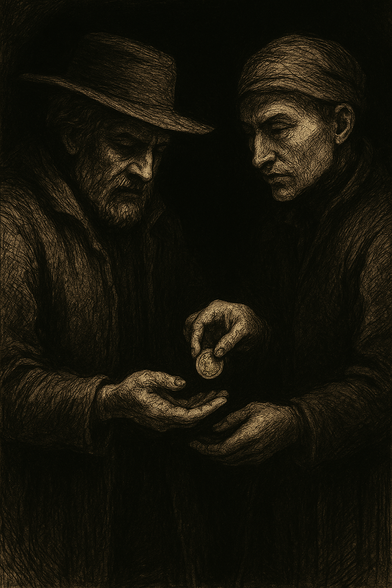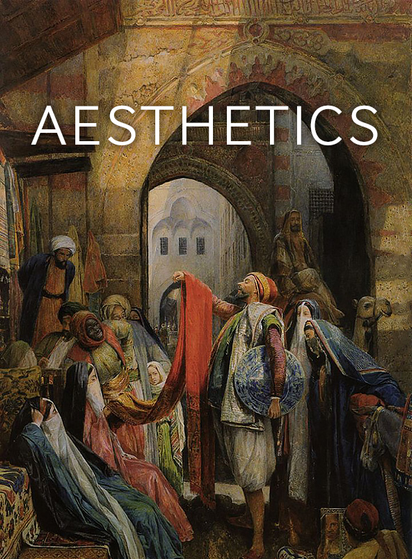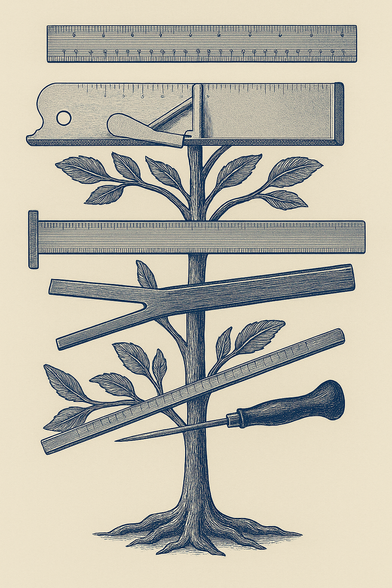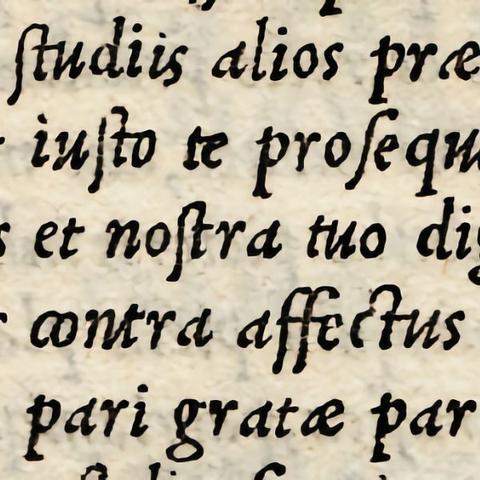Turns out some 17th century printing offices practiced more than just “staining paper.” They often had, one might say, inventive financial practices.
A printing business often had a side economy run on dues and favors. The chapel, ostensibly a governing body of compositors, functioned less like a union and more like a cartel. The occupying chapelonians set prices and settled disputes, mostly on the down-low. And newcomers paid an entrance fee called a benvenue for access.
1/



